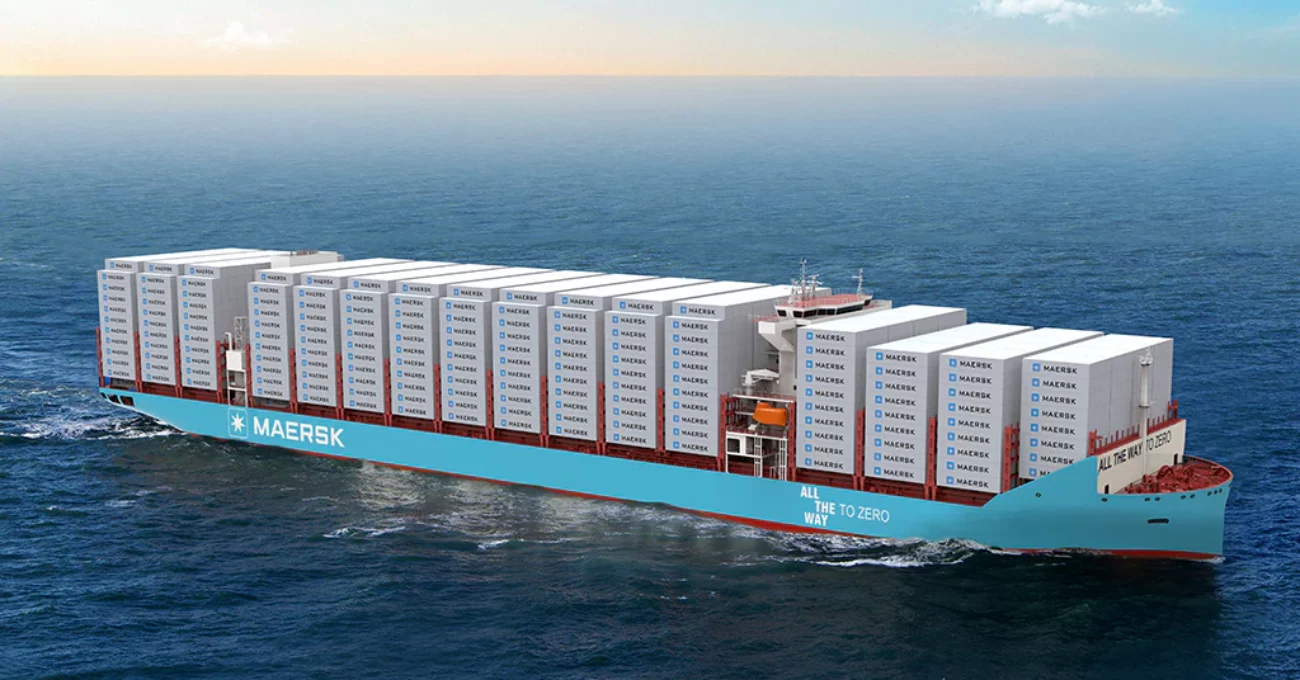The rising cost of shipping for consumers in the United States has become a significant issue impacting both businesses and individuals. This trend is shaped by a complex set of factors, including economic, logistical, and regulatory elements. Understanding these causes is essential for both consumers and businesses to navigate this challenging landscape.
Economic Factors
Fuel Prices: Shipping costs are heavily influenced by fuel prices. As oil prices increase, so does the cost of transporting goods. The U.S. has witnessed fluctuating oil prices, often linked to global events and economic conditions, which in turn affect shipping costs.
Demand and Supply Imbalance: The e-commerce boom, especially during and after the COVID-19 pandemic, has led to an increased demand for shipping services. This surge, coupled with limited supply in terms of available shipping resources (like trucks and cargo ships), results in higher shipping costs.
Inflation: General inflation also plays a role. As the cost of services and goods rises, so does the cost of shipping. Inflation leads to increased expenses in various sectors related to shipping, including labor, materials, and overhead costs.
Logistical Factors
Carrier Capacity Constraints: There’s a limited number of carriers (shipping companies, airlines, trucking services), and they can only handle so much volume. When demand exceeds capacity, prices rise.
Global Supply Chain Disruptions: Events like the Suez Canal blockage or the COVID-19 pandemic have caused significant disruptions in the global supply chain. These disruptions can lead to delays and higher costs for shipping goods internationally and domestically.
Last-Mile Delivery Challenges: The final leg of shipping, known as ‘last-mile delivery’, is often the most expensive and challenging part, especially in urban areas. Increased urbanization and consumer expectations for rapid delivery have added to these costs.
Regulatory and Environmental Factors
Environmental Regulations: Stricter environmental regulations, like emission standards for trucks and cargo ships, can lead to increased operational costs for shipping companies, which are often passed on to consumers.
Trade Policies and Tariffs: Changes in trade policies and the imposition of tariffs can directly impact the cost of shipping goods. For instance, tariffs on Chinese goods during the U.S.-China trade war had a significant impact on shipping costs.
Infrastructure Issues: The state of infrastructure, such as ports, roads, and railways, also affects shipping costs. Inadequate or aging infrastructure can lead to inefficiencies and delays, thereby increasing costs.
Conclusion
The rising cost of shipping in the U.S. is a multifaceted issue, influenced by a blend of economic, logistical, and regulatory factors. It’s a challenging environment for businesses, especially those reliant on global supply chains, and for consumers who have grown accustomed to fast and affordable shipping. Addressing these challenges requires a concerted effort from both the public and private sectors, with a focus on improving infrastructure, enhancing supply chain resilience, and adapting to changing economic and environmental realities. As the world continues to evolve, so too will the dynamics of shipping costs, necessitating ongoing adaptation and innovation in the logistics sector.

